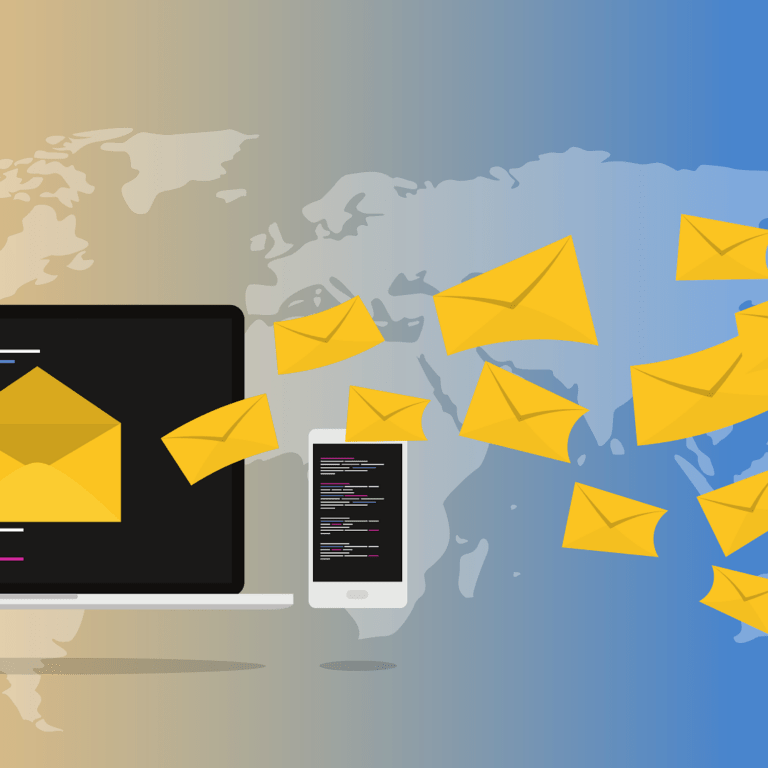How to improve email delivery
Email delivery is the process of ensuring that your emails reach the intended recipients’ inboxes without being blocked, bounced, or filtered by spam filters. Email delivery is crucial for any email marketing campaign, as it affects your sender reputation, open rates, click-through rates, conversions, and revenue.
There are many factors that can affect your email delivery, such as your email content, design, subject line, sender name, sender address, authentication, list quality, and engagement. In this blog post, we will share some best practices and tips on how to improve your email delivery and avoid common pitfalls.
- Use a reputable email service provider (ESP). An ESP is a company that provides the infrastructure and tools for sending and managing email campaigns. A good ESP will have high deliverability rates, comply with email regulations and standards, offer reliable customer support, and provide features such as segmentation, personalization, analytics, and testing. Some examples of reputable ESPs are Mailchimp, Constant Contact, AWeber, and SendGrid.
- Authenticate your emails. Authentication is a way of proving that you are the legitimate sender of your emails and that they have not been tampered with or spoofed by someone else. Authentication helps to prevent phishing, spamming, and spoofing attacks that can damage your reputation and deliverability. There are several authentication methods that you can use, such as SPF (Sender Policy Framework), DKIM (DomainKeys Identified Mail), and DMARC (Domain-based Message Authentication, Reporting, and Conformance). All of these authentication methods are enforced when hosting and sending emails from domains hosted by Computer Services.
- Optimize your email content and design. Your email content and design should be relevant, engaging, clear, concise, and appealing to your audience. You should avoid using spammy words or phrases, such as “free”, “guaranteed”, “urgent”, “click here”, or “act now”. You should also avoid using excessive punctuation, capitalization, or colors. Your email content and design should also be responsive, meaning that they can adapt to different screen sizes and devices.
- Write compelling subject lines and sender names. Your subject line and sender name are the first things that your recipients see when they receive your email. They can influence whether they open your email or not. Your subject line should be catchy, informative, and relevant to your email content. It should also be short and avoid misleading or deceptive claims. Your sender name should be recognizable and trustworthy. It should match your brand identity and avoid using generic or no-reply addresses.
- Maintain a clean and engaged email list. Your email list is the foundation of your email marketing campaign. It should consist of subscribers who have given you permission to send them emails and who are interested in your products or services. You should regularly clean your email list by removing invalid, bounced, or unsubscribed addresses. You should also segment your list based on criteria such as demographics, preferences, behavior, or purchase history. This will help you to send more targeted and relevant emails to your subscribers.
- Monitor and test your email performance. You should always track and measure the results of your email campaigns using metrics such as deliverability rate, open rate, click-through rate, conversion rate, bounce rate, unsubscribe rate, spam complaint rate, and revenue per email. These metrics will help you to evaluate the effectiveness of your email strategy and identify areas for improvement. You should also test different elements of your email campaigns using A/B testing or multivariate testing methods. These methods will help you to find out what works best for your audience and optimize your email performance.







